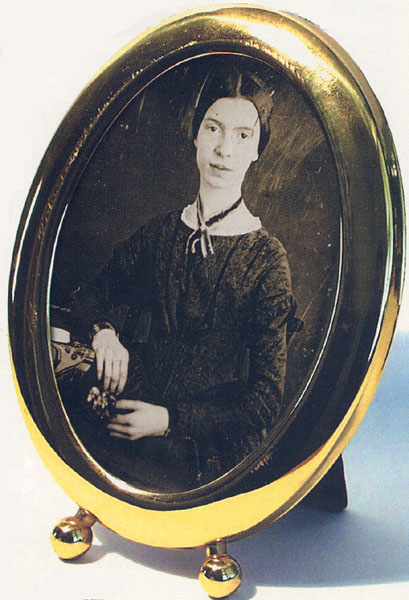The Bible Through a Poet’s Prism
Reading Emily Dickenson’s poems as Revelation continued

The Bible,” wrote American poet Emily Dickinson, “is an antique Volume…/ Written by faded Men / At the suggestion of Holy Spectres.”
Condemning contemporary pastors for rendering the sacred texts lifeless, the poet urged that Scripture be sung in a manner relevant to everyday life: “Had but the Tale a warbling Teller…/ All the boys would come…/ Orpheus’ Sermon captivated…/ It did not condemn…” (Poem 1545).1
As a young girl growing up in western Massachusetts, where she was born in 1830, Dickinson alone among her family refused to join the prestigious Amherst Congregational Church and eventually stopped attending services altogether. When she briefly attended Mount Holyoke Female Seminary in neighboring South Hadley, Massachusetts, in 1847, the institute’s founder, Mary Lyon, classified Emily among the school’s “No-Hopers,” that is, among those spiritually lost students who refused to embrace Christian doctrine.
Already a library member? Log in here.
Institution user? Log in with your IP address.

